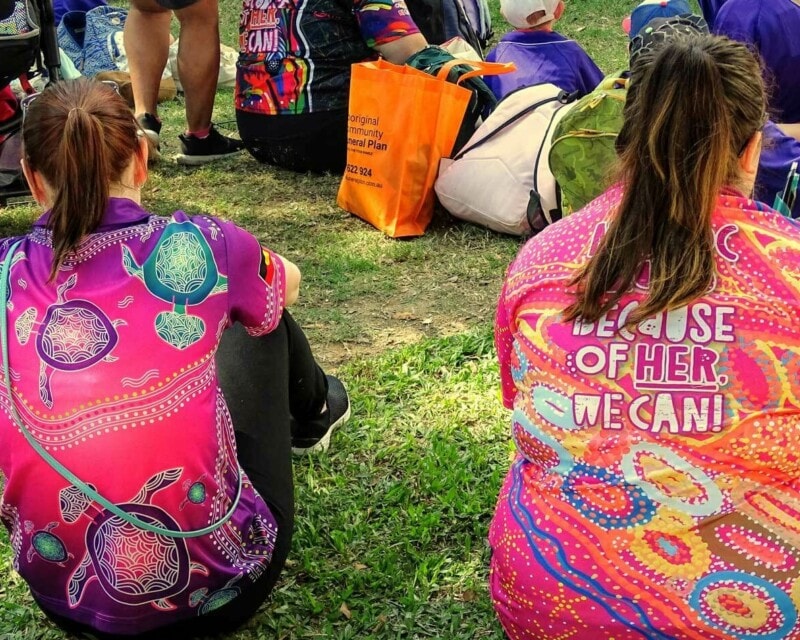On this page
The Our Watch national media guidelines provide tips and information the media can use to ensure reporting does not further harm victim-survivors and is part of the solution to violence against all women and their children.

National media reporting guidelines
Download guidelines snapshot PDF (492 kb)
Download Reporting on Aboriginal and Torres Strait Islander Peoples and Issues: An introductory resource for the media, from Diversity Arts Australia.
Evidence-based reporting
Evidence-based media reporting on violence against women and their children can help readers, listeners and viewers understand:
- how widespread violence against women is
- who is affected
- what drives it
- how it can be prevented.
Reporting can also help influence:
- how women and their children understand their experiences of violence and their decisions about whether to speak out or seek support.
- the way perpetrators understand their choices to use violence and whether to seek support to change their behaviour.
- public policy and legislation – for example, the #LetHerSpeak campaign to abolish sexual assault victim gag laws in Tasmania, the Northern Territory and Victoria, allowing survivors to share their stories publicly.
Find key statistics about violence against women in Australia on the Quick facts page.
Eight tips for reporting violence against women
1. Safety first
Leave out details that might identify survivors.
2. Name it
Name the violence for what it is: ‘violence against women’, ‘family violence’, ‘psychological violence’, ‘elder abuse’, ‘child exploitation material’, ‘rape’, ‘murder’, ‘coercive control’ or ‘non-physical abuse’.
3. Keep the perpetrator in view
Use active language, for example ‘man assaults wife’ instead of ‘woman assaulted’. Where safe and legally possible, name the relationship between victim and perpetrator to remind your audience that most violence against women is perpetrated by somebody they know.
4. Be respectful
Use respectful language and headlines to articulate the seriousness of the violence. Seek to uphold the dignity and humanity of the victims, survivors and their families. Plan how to maintain respect once the story is live, including social media.
5. Reflect the evidence
Use statistics to demonstrate the prevalence and to contextualise the story. Evidence shows that most violence against women and their children is driven by gender inequality.
6. Use appropriate imagery
Don’t perpetuate harmful stereotypes about gender, race, disability, sexuality or age. Consider the impact of images on the victim-survivor, their family, or on other survivors of violence. Avoid images that disempower or infantilise victim-survivors, such as ‘clenched fists’ or ‘cowering women’.
7. Quote experts
Develop good relationships with violence against women experts so they can be contacted to help put the issue into context.
8. Include support options
Always include support details at the end of every story.
Related

Aim for respect, accuracy, and fairness when reporting on violence against Aboriginal and Torres Strait Islander women.

8 minute read
Sports media has an important role to play in changing the attitudes that drive violence against women.